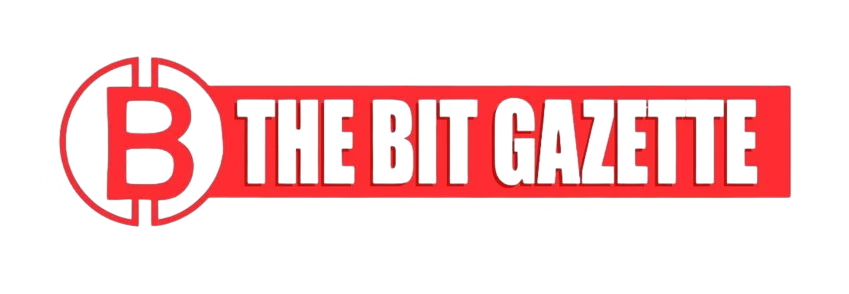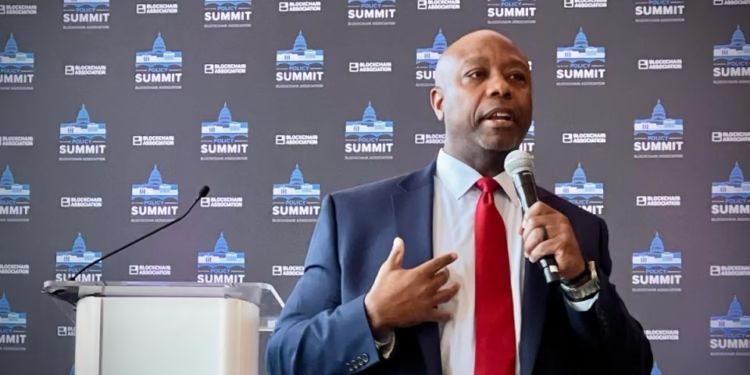Senate Banking Committee Chair Tim Scott is pushing to hold a markup vote on federal cryptocurrency regulation legislation in December, with the goal of delivering a final bill to President Donald Trump by early 2026.
The legislation would establish a comprehensive framework for digital asset oversight, clarifying the respective roles of the Securities and Exchange Commission and Commodity Futures Trading Commission—a jurisdictional question that has confused the industry for years. The Senate bill would need to be reconciled with the House-passed CLARITY Act before reaching the president’s desk.
Crypto Market Structure Bill Gains Bipartisan Attention—But Not Without Tension
The crypto market structure bill is Washington’s answer to years of confusion over how digital assets should be regulated. It aims to define the roles of both the Securities and Exchange Commission (SEC) and the Commodity Futures Trading Commission (CFTC).
The House has already passed its version—the CLARITY Act, approved in July after a marathon 10-hour voting session. That package included two other landmark measures: the GENIUS Act on stablecoins and the Anti-CBDC Surveillance Act, which would restrict the government from creating centralized digital currencies.
Now, the Senate is racing to finalize its own package.
Republicans on the Senate Banking Committee released a draft in July, intended to merge seamlessly with the CLARITY Act.
Meanwhile, the Senate Agriculture Committee—which oversees the CFTC—released its own discussion draft on Nov. 10, a version that left major components open for further negotiation.
Crypto Market Structure Bill Seen as Major Economic Unlock: Armstrong
Crypto leaders widely support the progress. Coinbase CEO Brian Armstrong, one of the industry’s most vocal advocates, has been meeting lawmakers in Washington to push for clear U.S. rules.
In a video posted to X on Tuesday, Armstrong said there had been “a lot of progress” behind the scenes.
“Senate Banking is also working nights and weekends to get the next iteration of their text out, so we’ve got a good chance of a December markup and hopefully get it to the president shortly thereafter,” Armstrong said.
The Coinbase chief framed the crypto market structure bill as a crucial turning point for American competitiveness.
“This would be a big milestone to get crypto unlocked with clear rules in the U.S., which would benefit all companies,” he added.
Crypto Market Structure Bill Could Redefine U.S. Leadership in Digital Finance
If the Senate approves its version, the CLARITY Act will return to the House for one final vote before heading to the Oval Office.
Advocates argue the crypto market structure bill could prevent regulatory turf wars, attract global investment, and position the U.S. as a top jurisdiction for blockchain innovation.
Opponents warn that rushed legislation could embed loopholes, over-regulate startups, or weaken consumer protections. But one thing is certain: the stakes have never been higher.
What’s Next for the Crypto Market Structure Bill?
A December markup would set off a whirlwind of political and industry reactions. Republicans want clear and friendly rules. Democrats want stronger guardrails. Lobbyists on both sides are mobilizing.
Still, Scott appears confident. The crypto market structure bill, after years of debate, is now closer than ever to becoming the United States’ foundational digital asset law—one that could redefine how crypto is bought, sold, regulated, and taxed for decades.
With December approaching, Washington is bracing for a historic showdown.











